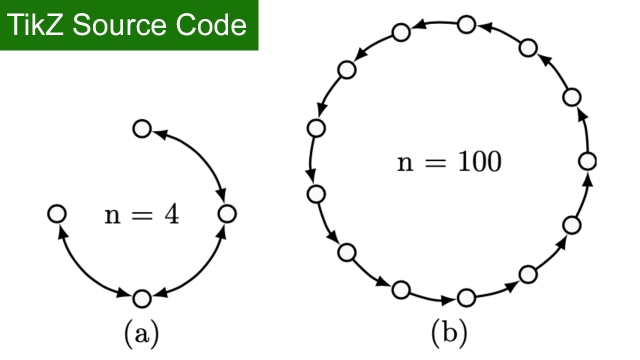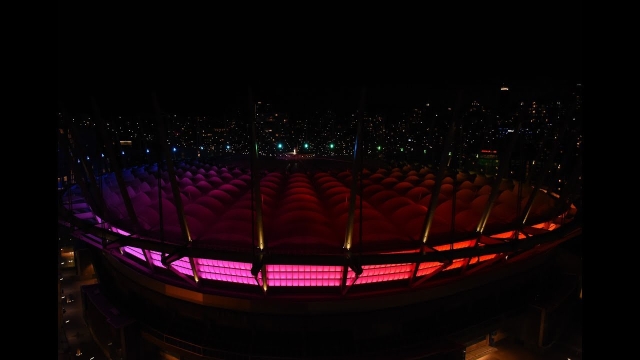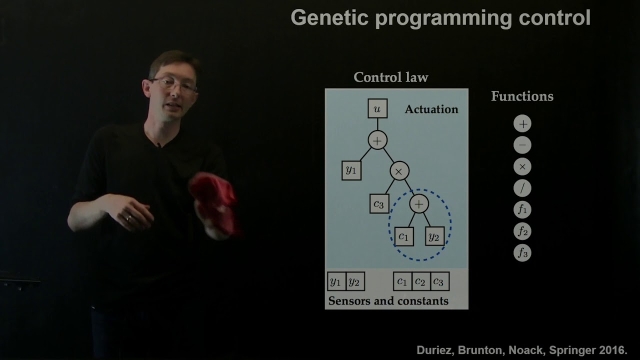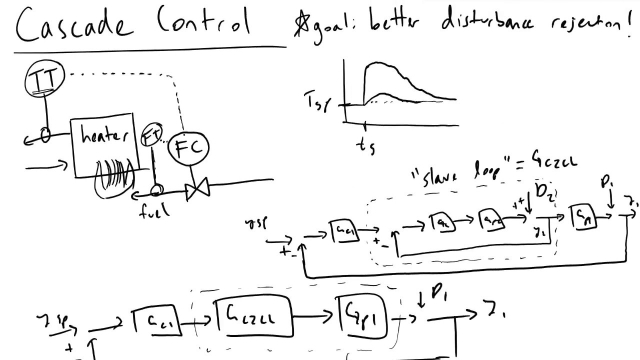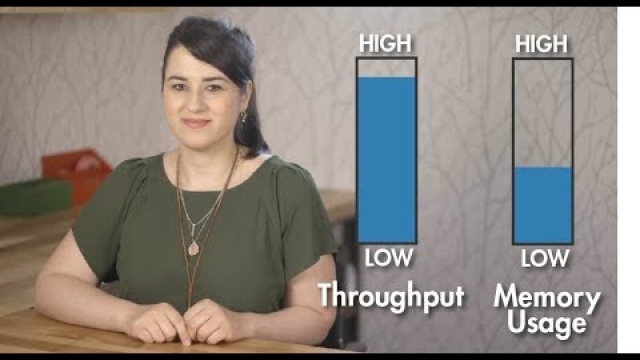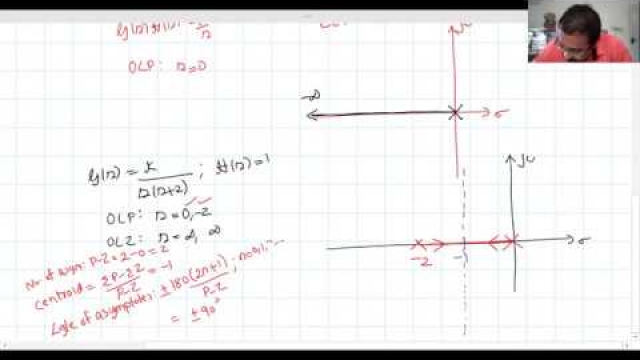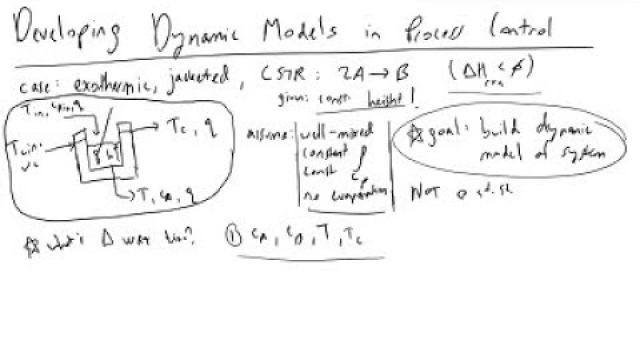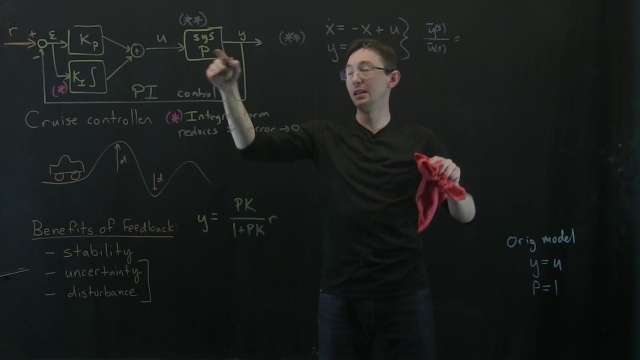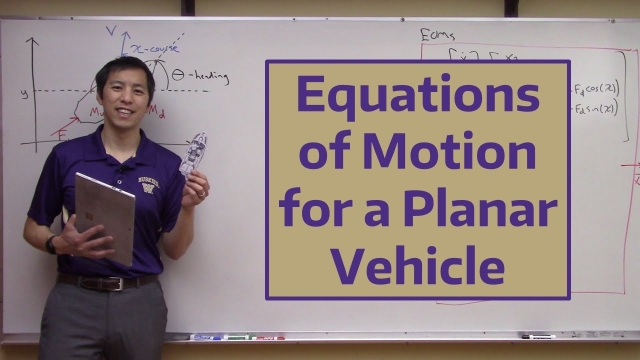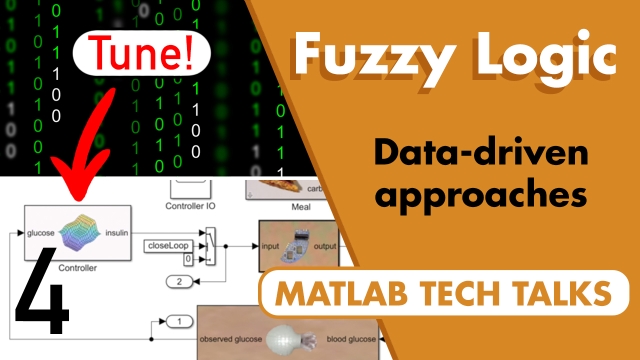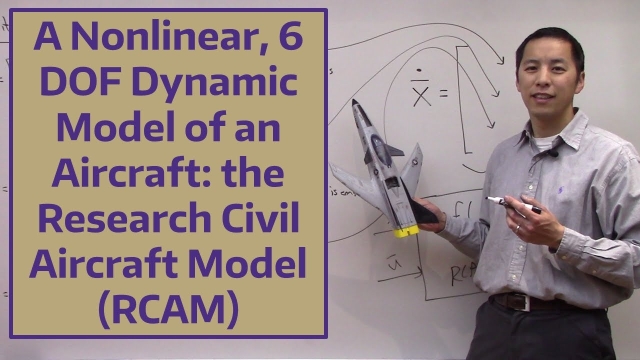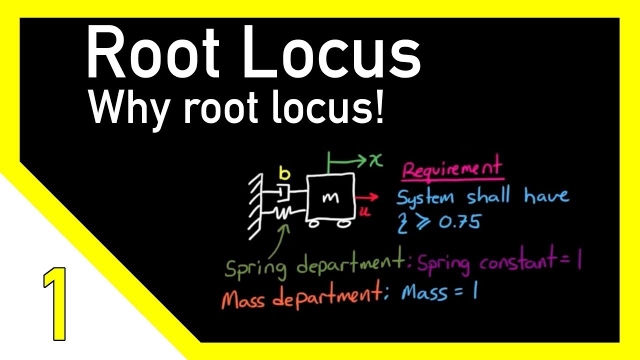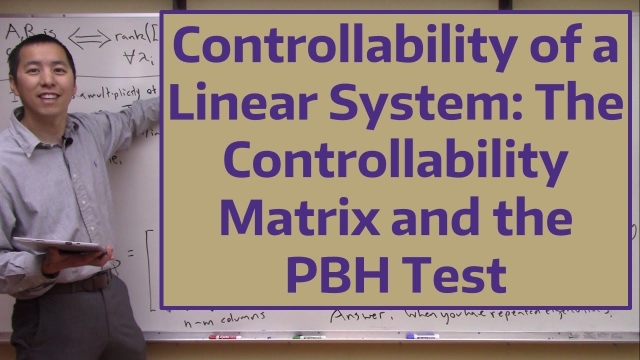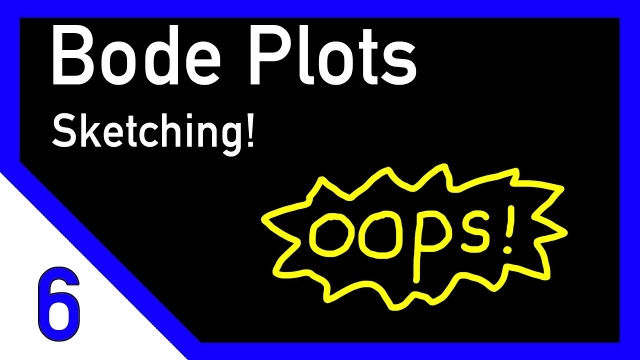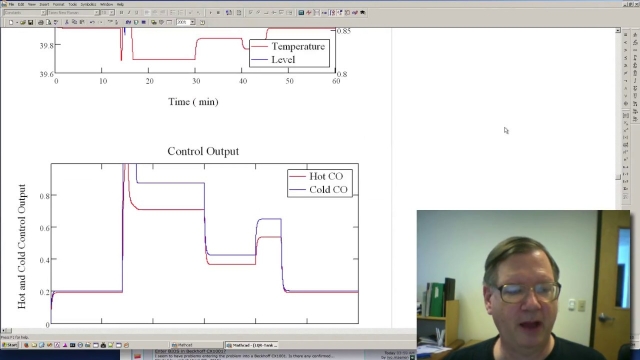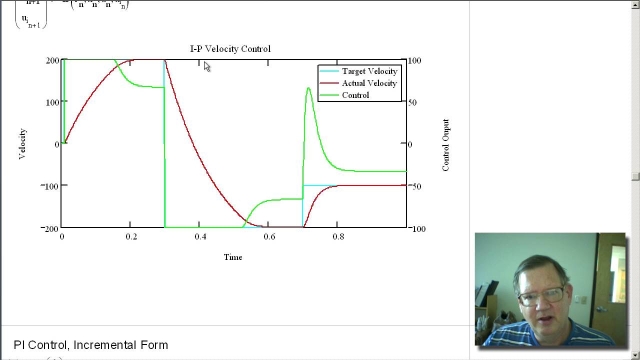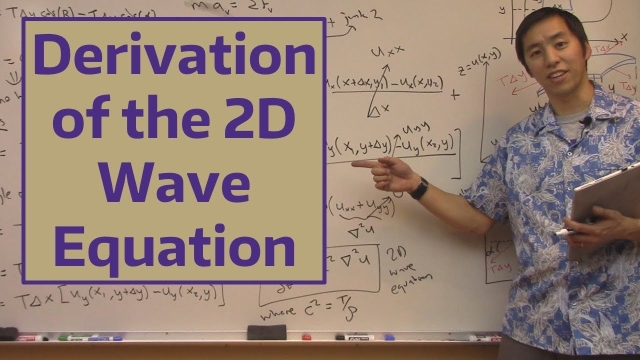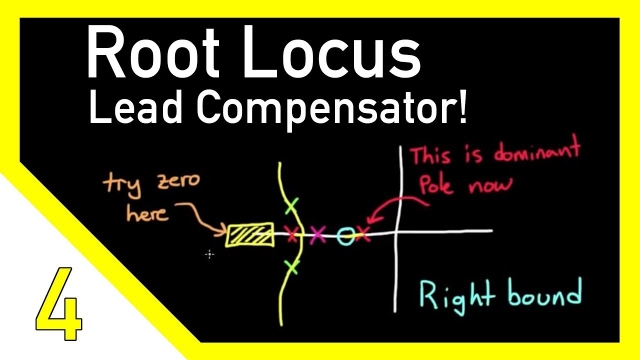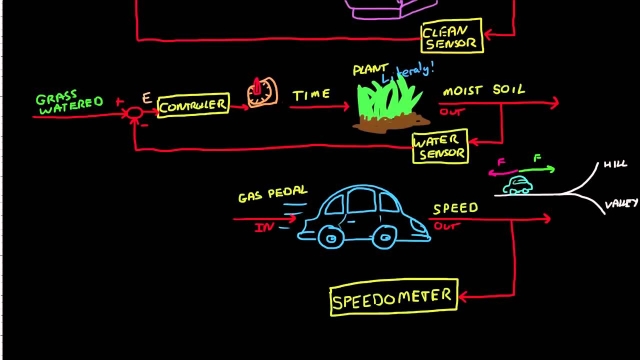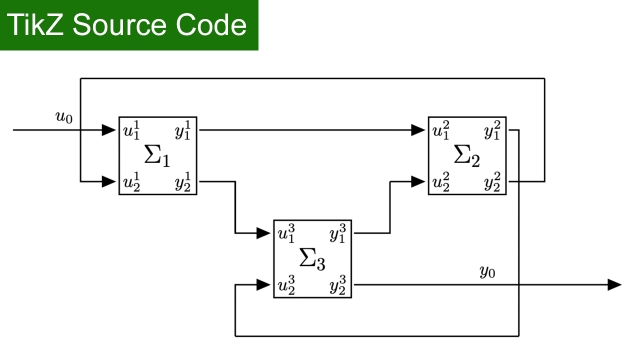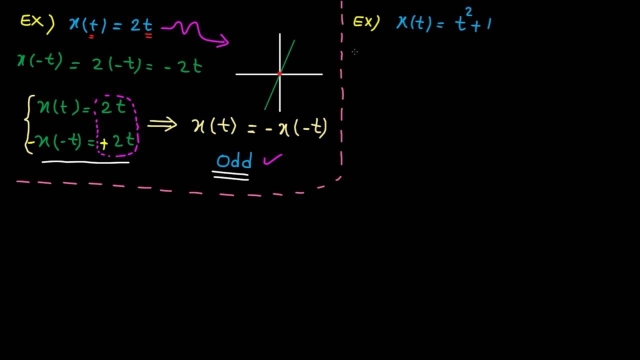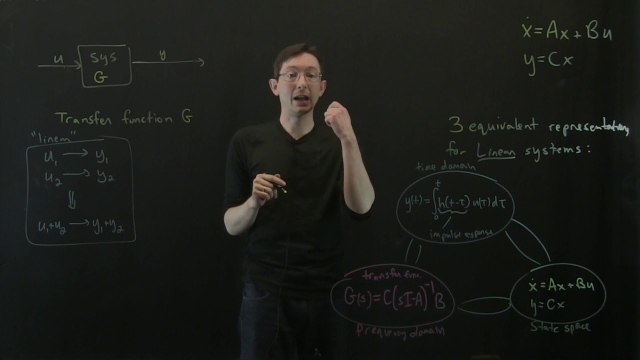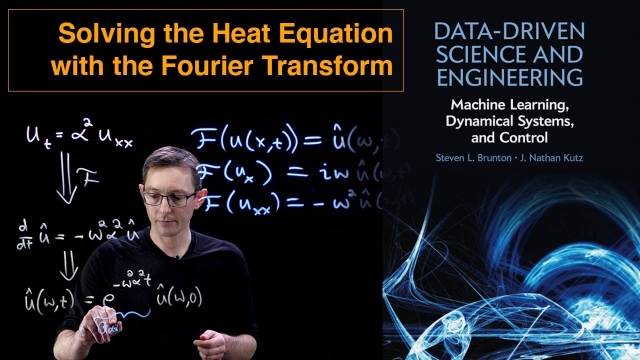
TikZ source Code: Simulation Graph
TikZ source Code: Simulation Graph
See MoreCourse Introduction (Signal Processing 101)
Learn Signal Processing 101 in 31 lectures covering time, frequency and Laplace domain in about 8 hours all together:https://www.youtube.com/watch?v=KZd68xga...
See MoreMachine Learning Control: Genetic Programming
This lecture explores the use of genetic programming to simultaneously optimize the structure and parameters of an effective control law.
See MoreCascade Control Intro
How can we improve the disturbance rejection of our controllers using additional, relevant measurements? Tune in to find out!
See MoreUnderstanding Model Predictive Control, Part 5: How To Run MPC Faster
This video starts by providing quick tips for implementing MPC for fast applications. If you need to further decrease the sample time for your fast applications, you can use explicit MPC...
See MoreLecture 16: More on Root Locus and Gain Compensation
Dynamic Modeling in Process Control
I'll show you how we can build the dynamic models necessary to derive process transfer functions as an introduction to process control.
See MoreControl Bootcamp: Cruise Control Example with Proportional-Integral (PI) co...
In this video, we show that introducing integral control reduces the steady-state tracking error to zero in the cruise control example. We also use a more sophisticated model for the...
See MoreEquations of Motion for a Planar Vehicle
In this video we outline equations of motion for a simple planar vehicle. This model is suitable for vehicles such as boats or hovercraft that that are rest...
See MoreTuning a Fuzzy Logic Controller with Data | Fuzzy Logic, Part 4
This video covers the basics of data-driven approaches to tuning fuzzy inference systems. See what it means to find an optimal solution, which fuzzy inference parameters are being tuned...
See MoreA Nonlinear, 6 DOF Dynamic Model of an Aircraft: the Research Civil Aircraft...
In this video we develop a dynamic model of an aircraft by describing forces and moments generated by aerodynamic, propulsion, and gravity that act on the ai...
See MoreLectures on Adaptive Control and Learning by Tansel Yucelen
A serie of lectures on the topic of adaptive controllers.
See MoreThe Root Locus Method - Introduction
This Root Locus method is a fantastic way of visualizing how the poles of a system move through the S-plane when a single system parameter is varied from 0 to infinity. I show how to...
See MoreControllability of a Linear System: The Controllability Matrix and the PBH T...
In this video we explore controllability of a linear system. We discuss two methods to test for controllability, the controllability matrix as well as the P...
See MoreCORRECTION: Bode Plots by Hand: Complex Poles or Zeros
I explain how to determine the straight-line estimate of the Bode Plot for a second order transfer function with a pair of complex poles. This video is a repeat of the last half of the Bode...
See MorePeter Ponders PID - LQR Optimizing Two Outputs
Peter Ponders PID - Controlling a non-integrating single pole system. Part 3...
Part 3 uses PI control which is the only practical means of control a non-integrating single pole system.http://deltamotion.comhttp://forum.deltamotion.com
See MoreDerivation of the 2D Wave Equation
In this video we derive the 2D wave equation. This partial differential equation governs the motion of waves in a plane and is applicable for thin vibrating...
See MoreDesigning a Lead Compensator with Root Locus
This video walks through a phase lead compensator example using the Root Locus method.
See MoreControl Systems Lectures - Closed Loop Control
This lecture discusses the differences between open loop and closed loop control.
See MoreTikZ source Code: An interconnection of MIMO subsystems
TikZ source Code: An interconnection of MIMO subsystems
See MoreTime domain - tutorial 5: signal properties
In this video, we learn about some special signals which are symmetric around the y-axis (even) or around the origin (odd) . Then we talk about periodic sign...
See MoreControl Bootcamp: Three Equivalent Representations of Linear Systems
This video explores three equivalent representations of linear systems: State-space ODEs, Frequency domain transfer functions, and Time-domain impulse response convolution.
See MoreSolving the Heat Equation with the Fourier Transform
This video describes how the Fourier Transform can be used to solve the heat equation. In fact, the Fourier transform is a change of coordinates into the eigenvector coordinates for the...
See More
